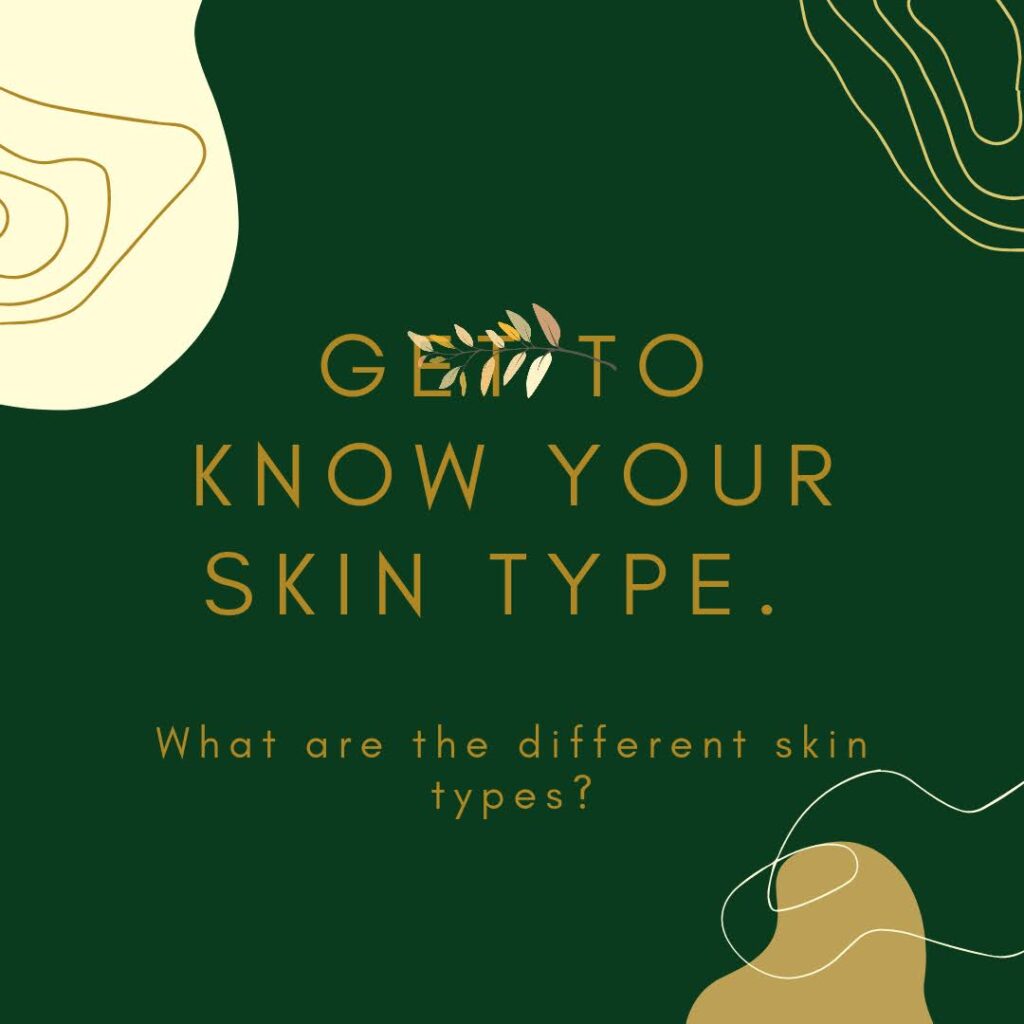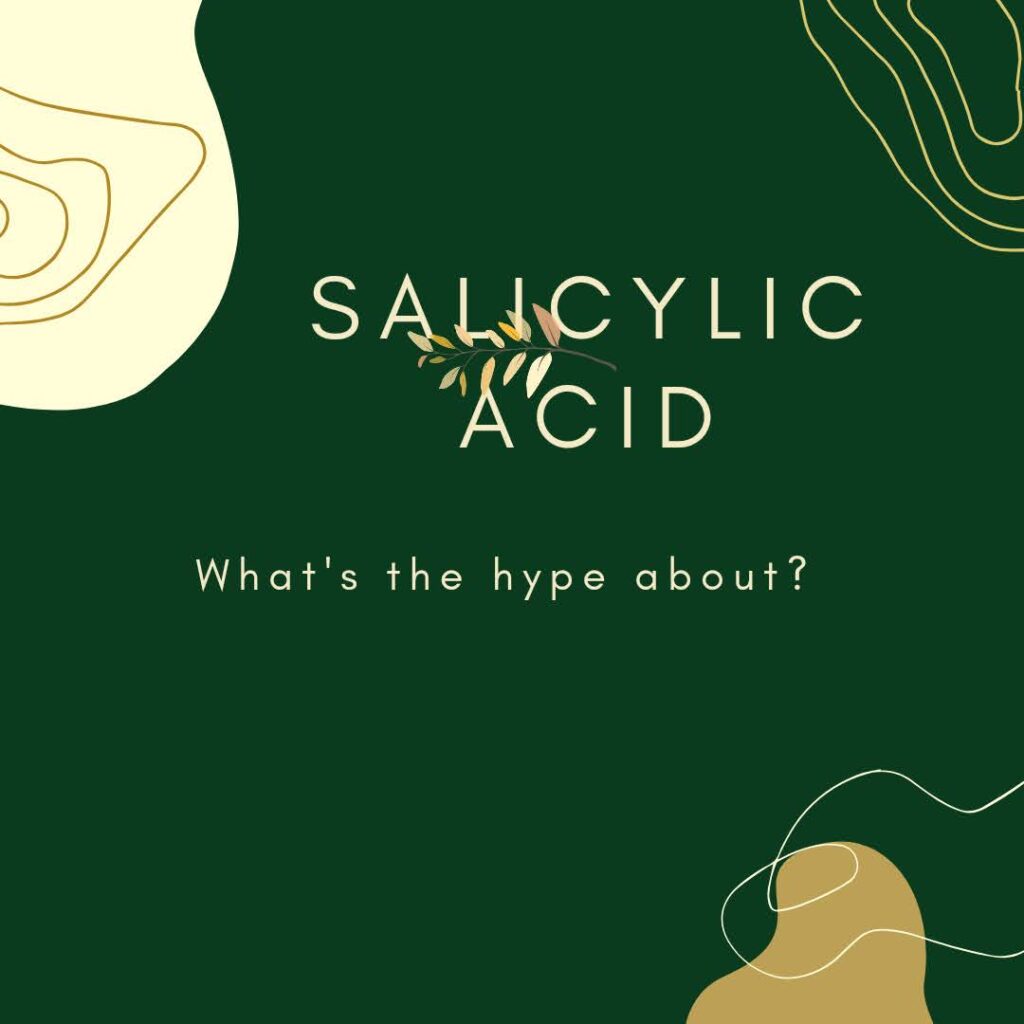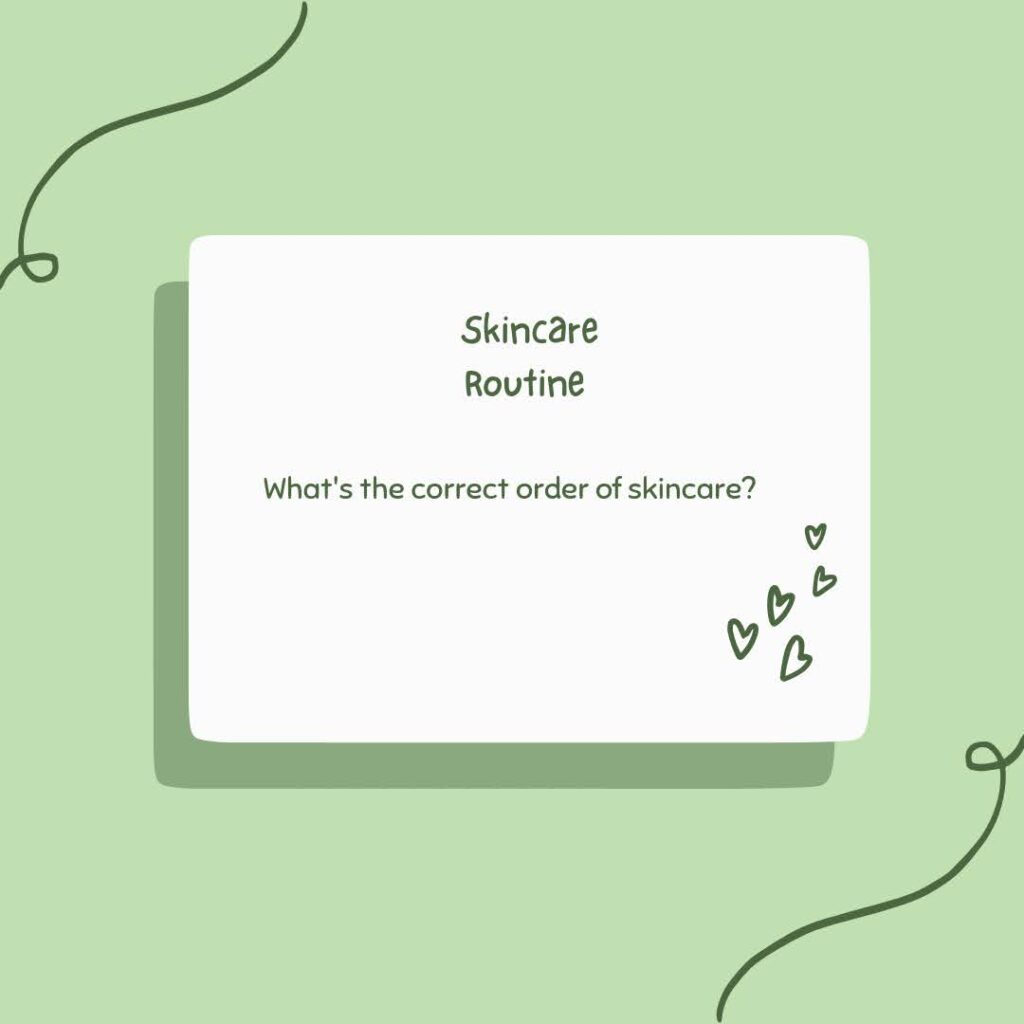Skin types

What is a skin type?
Skin type is determined by the amount of oil or sebum your skin produces, although this might change over time due to different factors like age, stress, hormones, and lifestyle among others.
Skin types can be classified into 5 categories namely dry, oily, normal, sensitive, and combination skin.
What characterizes each skin type?
Normal skin type.
Normal skin type is balanced skin with just enough oil so the skin is neither oily nor dry. This is because their pores are small as a result not a lot of oil is released into the skin. People with normal skin don’t experience a lot of breakouts, dryness, or greasiness. Normal skin is not sensitive to external stimulation. Normal skin needs care too and you could use Vitamin E Moisturizer, 2% Hyaluronic Acid + B5 Serum, Ynelav Foaming Cleanser to maintain the health of the skin.
Combination skin.
This is a skin type that has two or more characteristics. This can be oily and normal, oily and dry. You know you have combination skin type when some parts of your face have different characteristics than other parts. For example, oily and normal skin, the most common combination skin usually occurs when the T-Zone area of the face, the forehead, the nose area, and the chin produce more oil than the outer parts of the face. Unlike the normal skin type, combination skin experiences some breakouts and external stimulation. Combination skin could benefit from using Niacinamide Brightening Toner, Niacinamide +HA Serum, and Ynelav foaming cleanser-min.
Oily skin.
This is a skin type that has an overproduction of sebum or oil in most of the face. To know whether you have an oily face, you need to wash your face, dry it, and then monitor how shiny the face gets after a while. This skin type is characterized by enlarged pores that are visible to the eye and since the pores are enlarged, a lot of sebum or oil is produced to the surface of the skin. This skin type is prone to breakouts, and black and white heads which is a result of oil solidifying inside the pores. For oily skin, I recommend Niacinamide +HA Serum, Oil Free Moisturizer, SA Foaming Cleanser-min, and SA Exfoliating Liquid in your routine to keep those breakouts at bay and also clear skin.
Dry skin.
This skin type is one that is a result of fast cell turnover on the skin leaving dead cells on the skin’s surface. These dead cells prevent the penetration of humectants into the skin leaving the skin dry and flaky. People with dry skin have small pores that don’t produce enough sebum or oil to efficiently moisturize the skin. The result is tightness and constant dryness of the skin. for taking care of dry skin, the following should be among your skincare products; Vitamin E Moisturizer, 2% Hyaluronic Acid + B5 Serum, Ynelav Foaming Cleanser.
Sensitive skin.
Sensitive skin is a skin that is sensitive to external stimuli. It’s irritated easily and readily reacts to most ingredients and fragrances. Taking care of sensitive skin requires utmost care and gentleness. Any roughness or new ingredients can easily lead to irritation on the skin and subsequently, destruction of the skin barrier. 2% Hyaluronic Acid + B5 Serum offers gentle moisturization to the skin and barrier protection for sensitive skin. Oil Free Moisturizer is also great for sensitive skin since all the ingredients are gentle on the skin.
Salicylic Acid

What is Salicylic Acid?
Salicylic acid belongs to Beta Hydroxy Acid (BHA) group. It is an organic compound that is a colorless, bitter-tasting solid that is a precursor to and a metabolite of aspirin. It is also a plant hormone.
How does it work?
It works by helping the skin shed dead cells from the top layer of the skin while also reducing redness and swelling. Salicylic acid unclogs pores that if left unattended might be infected resulting in acne breakouts. All of these result in a quick recovery from pimples and acne breakouts.
Benefits of Salicylic Acid in skincare routine.
Salicylic acid is great for treating acne and acne-related concerns like whiteheads and blackheads. As a chemical exfoliator of the Beta Hydroxy Acid group (BHA), it penetrates the skin to tackle issues without causing redness on the skin. It’s used in the treatment of acne because it unclogs pores and removes dead skin. Clogged pores are the culprit in acne development.
It also has antimicrobial properties, meaning it kills bacteria that cause acne. Salicylic acid fights inflammation on the skin, that means reduced redness and swelling.
Salicylic acid reduces the production of sebum. With the use of salicylic acid, skin becomes less oily which results in less clogged pores and also less acne breakouts.
With consistent use, it reduces hyperpigmentation by slowly exfoliating the skin. This leaves clear and smooth skin after use.
How is Salicylic Acid incorporated in skincare routine?
Salicylic acid is found in a range of skincare products from cleansers to moisturizers, toners, and shower gels among many others. It is safe to say that it can benefit the whole body when used externally.
Salicylic acid is great in cleansers as it exfoliates the skin without drying it. Like Ynelav’s SA Foaming Cleanser is formulated to gently cleanse and exfoliate the skin without stripping off the skin barrier. BHA in shower gels treats body acne and other roughness that may be on the skin.
You can use BHA exfoliating liquids on rough skin and also as an aftershave to prevent razor bumps.
Who should use Salicylic Acid?
Everyone can benefit from salicylic acid in their skincare. People with acne-prone and oily skin need to use salicylic acid on their skin often to keep these conditions at bay. And this is not only limited to the face. Rough skin, body acne, shaving bumps, and hyperpigmentation are all conditions that benefit from BHA in a skincare routine.
How often should one use salicylic acid?
Salicylic acid can be used every day without a problem. But as with every new product, a patch test is advised. Put a small amount of product on a selected area of the place intended for use and wait for 24 hours to see if there is a reaction to the product. If there isn’t, add it to your skincare routine while adhering to the directions of the product.

The Correct Order of Skincare
Today, everyone has heard of skincare and 8 out of 10 people have some kind of skincare routine. Whether this is due to FOMO or genuine concern for the appearance of the skin is not as important as how to layer skincare well enough to get all the benefits. Below, i detail the correct order of skincare and give product recommendations from ynelav.com.
Cleansers.
This is the first step in any skincare routine. Cleansers help with ridding the face of dirt, oil, products, and sebum that accumulate on the face during the day. There are two kinds of cleansers;
- Oil cleansers. These come in solid or liquid forms. Their sole purpose is to dissolve oil and dirt and makeup and sunscreen. These cannot be dissolved with regular water-based cleansers. Therefore, if you use makeup or even sunscreen, or you just have oily skin, you need an oil cleanser. Oil cleansers are generally used at the end of the day. They have emulsifiers that make them easy to wash off after use.
- Foaming cleanser. This is the follow-up to the oil cleanser. It is water-based and lathers to foam. the use of both oil and foaming cleansers makes up the double cleansing concept. for people with oily skin, I recommend SA Foaming Cleanser. this cleanser has 2% salicylic acid that cleans pores to prevent the build-up of sebum that might cause breakouts. and for people with normal to dry skin, I recommend Ynelav Foaming Cleanser because of its gentle and hydrating nature that protects the skin barrier and leaves it clean and hydrated.
Exfoliants.
Comes in both chemical and physical forms. Every person should exfoliate their skin to rid the face of dead skin cells that makes the skin dull. This in turn reveals new and bright skin. Exfoliation also enables skincare products to penetrate the skin well for maximum benefits. For physical exfoliation, try Ynelav’s Charcoal Face Scrub, while for chemical exfoliation, SA Exfoliating Liquid. Just two days a week is enough to prevent whiteheads and blackheads.
Toner.
These are water-based, pH-balanced products that help refresh the face after cleansing. Its purpose is to protect the skin barrier from being stripped and broken. It is also the first form of moisture in skincare. Ynelav’s Niacinamide Brightening Toner not only moisturizes but also evens out the skin tone to reduce the appearance of dark spots and hyperpigmentation.
Serum.
These are products with highly concentrated actives that target a specific skin concern. This may be dryness, hyperpigmentation, acne, acne spots, or breakout. They normally come in small containers of 30ml to 60ml and the recommended use is normally a few drops. Serums can be used during the day or night, depending on the actives present in them. One can also use more than one serum in a day, for example, Niacinamide +HA Serum and 2% Hyaluronic Acid + B5 Serum pair well to give both hydration and oil-controlling benefits.
Eye cream.
This is completely optional. But people with puffy undereye, wrinkled undereye, or even dark undereye need some form of undereye treatment to tackle the same. The best ingredients for undereye concerns are vitamin A; retinoids which reverse the aging process, caffeine which is great for depuffing, and hyaluronic acid, which is amazing for dry and flaky undereye.
Spot treatment.
Also completely optional, yet those with dark spots from acne might consider spot treatments to even out their skin tones.
Moisturizer.
Moisturizer creates a barrier between your skin and the climate like cold and dry air that can dry out the skin and destroy the skin barrier. Moisturizers can be used both in the morning and evening. Ynelav has moisturizers for oily, dry, normal, and combination skin. for oily skin, Oil Free Moisturizer is the best bet. infused with hyaluronic acid, aloe vera, glycerin, allantoin, propanediol, and all the good humectants to hydrate skin while moisturizing it. on the other hand, Vitamin E Moisturizer is made for people with normal to combination skin. Vitamin E is an antioxidant that offers protection from free radicals caused by harmful rays from the sun.
Face oils.
These are completely optional. They lock in the moisture from the skincare. Different oils like vitamin E are antioxidants that help with brightening the complexion and also offer some sun protection factors. Face oils also make the skin dewy and glowy, giving an impression of “glass skin”.
Sun protection factor (sunscreen).
Sunscreens filter the harmful UVA/UVB rays and prevent them from damaging the skin and causing hyperpigmentation, and in extreme cases, unpleasant diseases like skin cancer. Sunscreens are not optional and everyone should have some form of sun protection factor when stepping outside and reapply sunscreen after every two hours. No form of skin problem can be solved without sunscreen which helps protect the progress that other skincare products are making.
